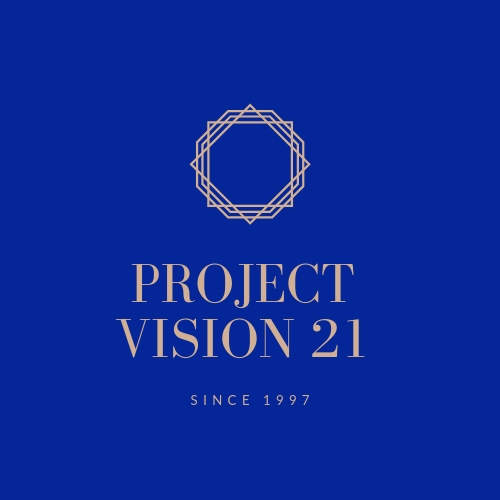At two months of birth, babies can only see up to 10 inches in front of their eyes and still cannot focus on objects or distinguish colors. They instinctively recognize their mother's face and not much else. But that doesn’t mean that there is no world beyond what babies can see.
By six months, babies can see up 18 and can focus on objects and recognize colors. They have made only 8 inches of progress in their experience of the world around them. Their perception of space has grown, but it will take many years before they begin to understand time.
Children have a hard time understanding the concept of the “past” and are surprised to discover that their parents were once children too. The idea of a distant past already gone and a future yet to come is beyond them. In fact, they won't fully understand it until they become adults (if they ever do).
But that doesn’t mean that there was no past that preceded them or that (most likely) there will be a future without them.
If we move from individual babies to humanity as a whole, we must recognize that there was a similar time in human history, when the city in which one lived was considered the center of the universe and the horizon of what one could see marked the limits of reality.
It is said that the ancient Greeks believed that the distance between the surface of the earth and the limit of the universe was only 20 miles. And a similar belief, that the earth is a few thousand years old, is well known. In both cases, the attitude is the same: what we cannot see (whether in time or space) doesn’t exist. But that belief paid no attention to the babies’ experiences.
Just because something is not part of our spatio-temporal perception, it does not mean that this "something" doesn’t exist. It only means we simply don’t perceive it. Without the help of suitable instruments, we cannot see infrared or ultraviolet light. But that doesn't mean those lights don't exist.
At the cosmic level, our instruments allow us to see up to 14 billion light years away, close to the Big Bang that gave rise to the universe. Everything that is beyond that space-time distance is outside our perception, but it doesn’t mean that it doesn’t exist.
In a sense, although it is difficult for us to recognize it, we are still just cosmic babies, with such a small consciousness that we only see what we see and, even worse, we believe that this is the whole of reality.
In the current planetary context of a techno-scientific globalization narrated by the social networks of capitalism, our consciousness is even smaller because it is limited to what “they” let us see.
Therefore, many people cannot see the future. But that doesn't mean that the future doesn't exist. It means we have not developed yet a new organ of perception to see it.

Comments
There are currently no blog comments.